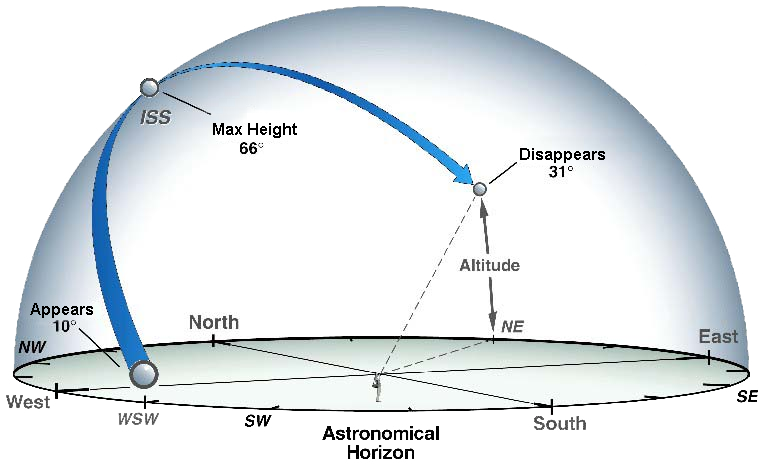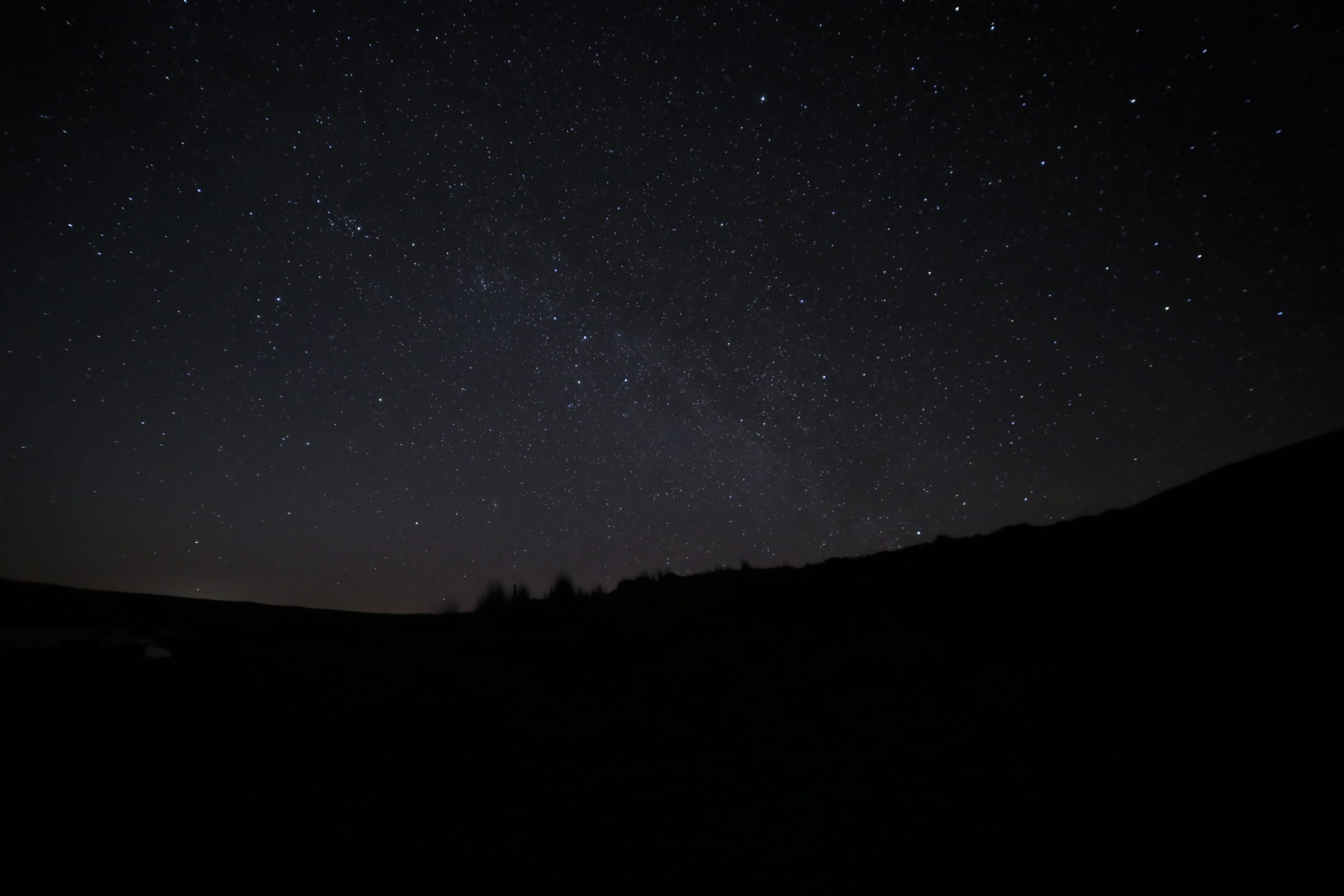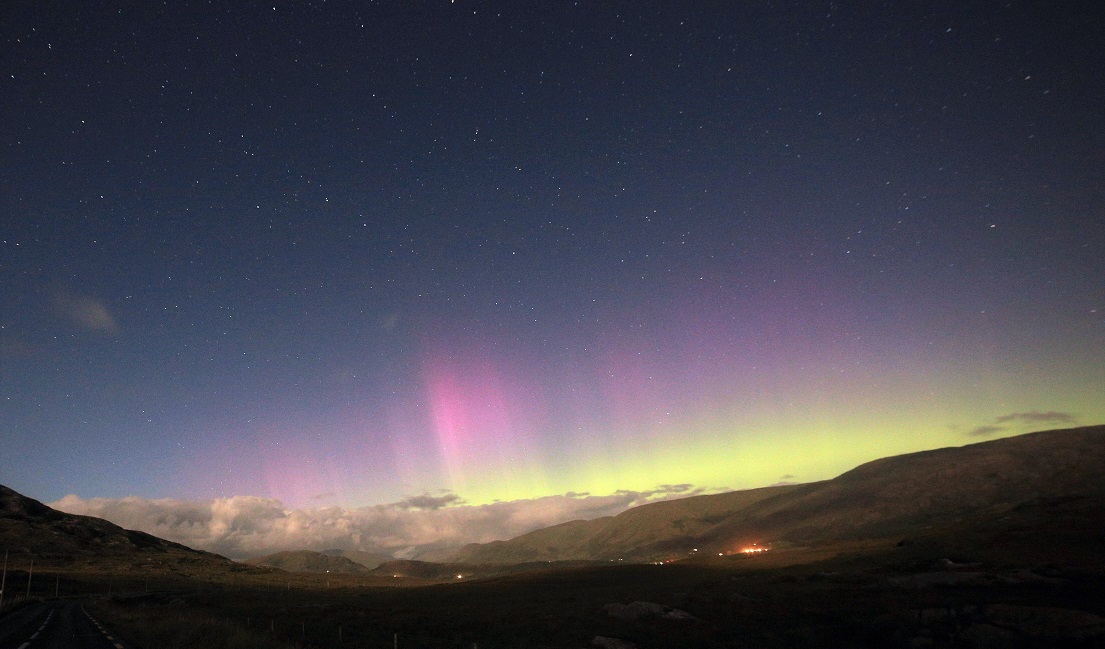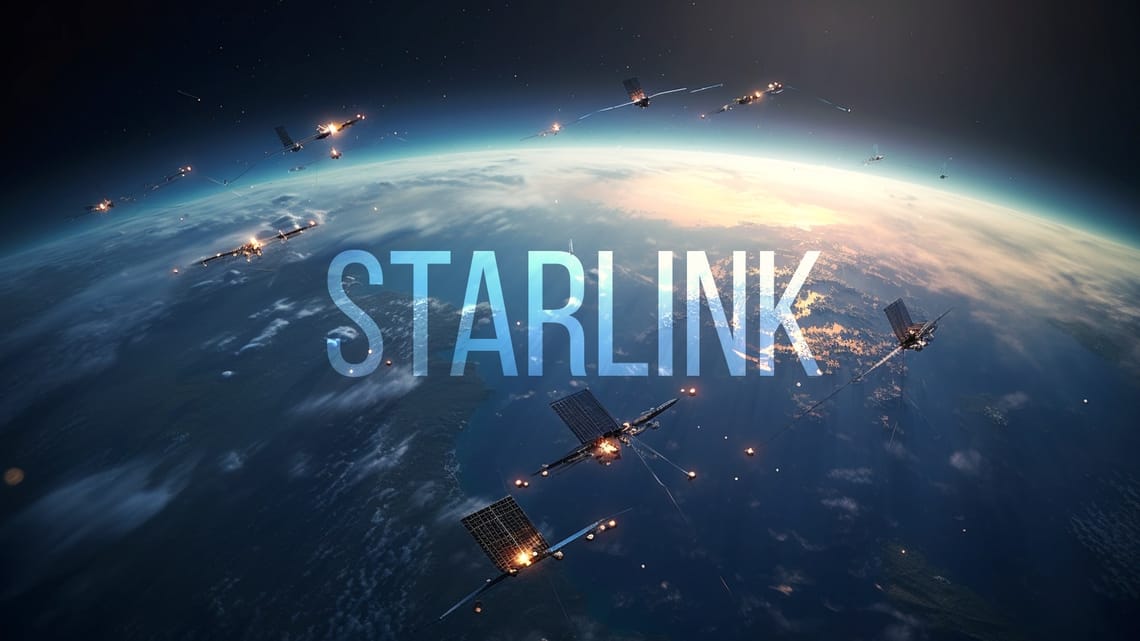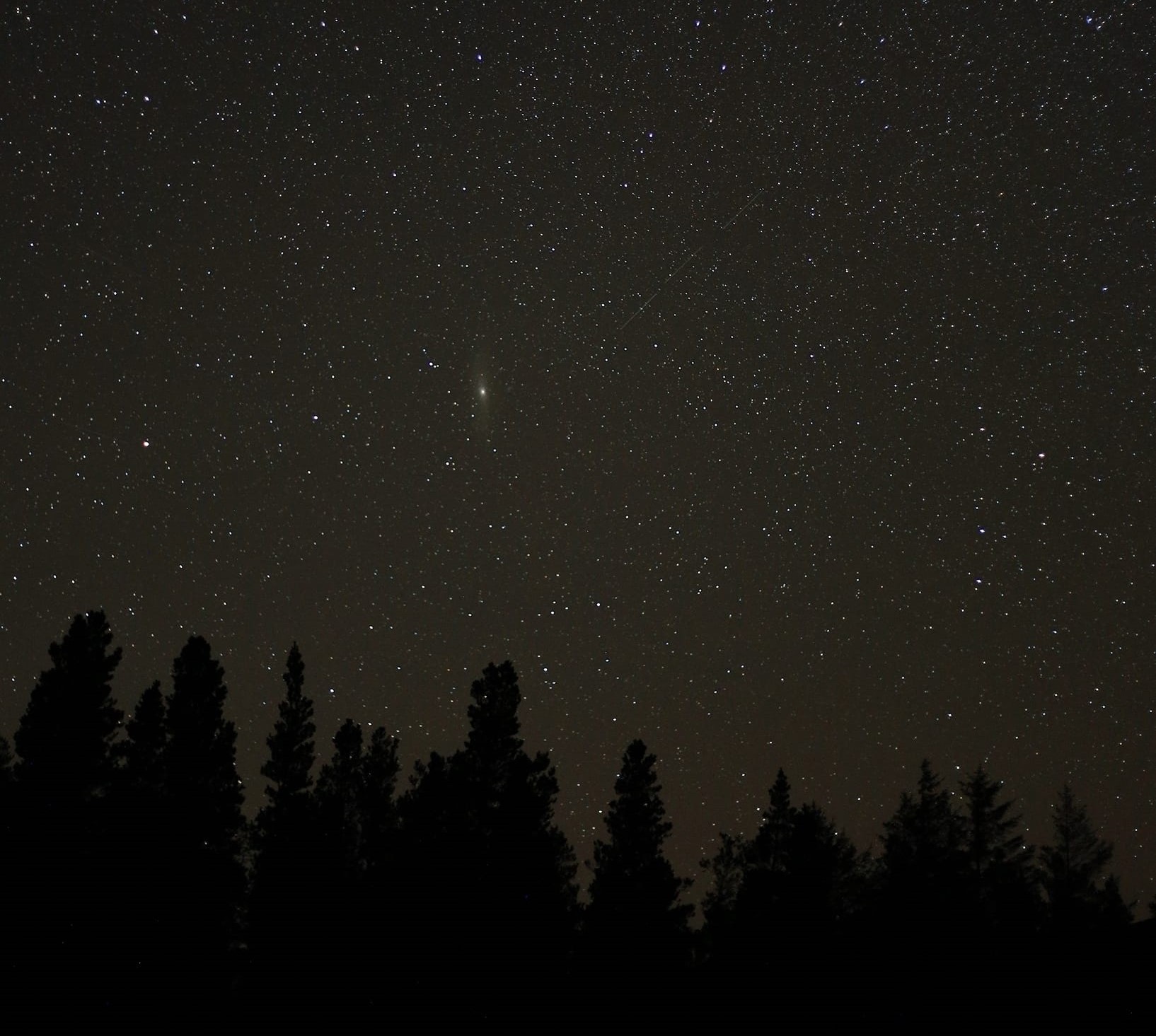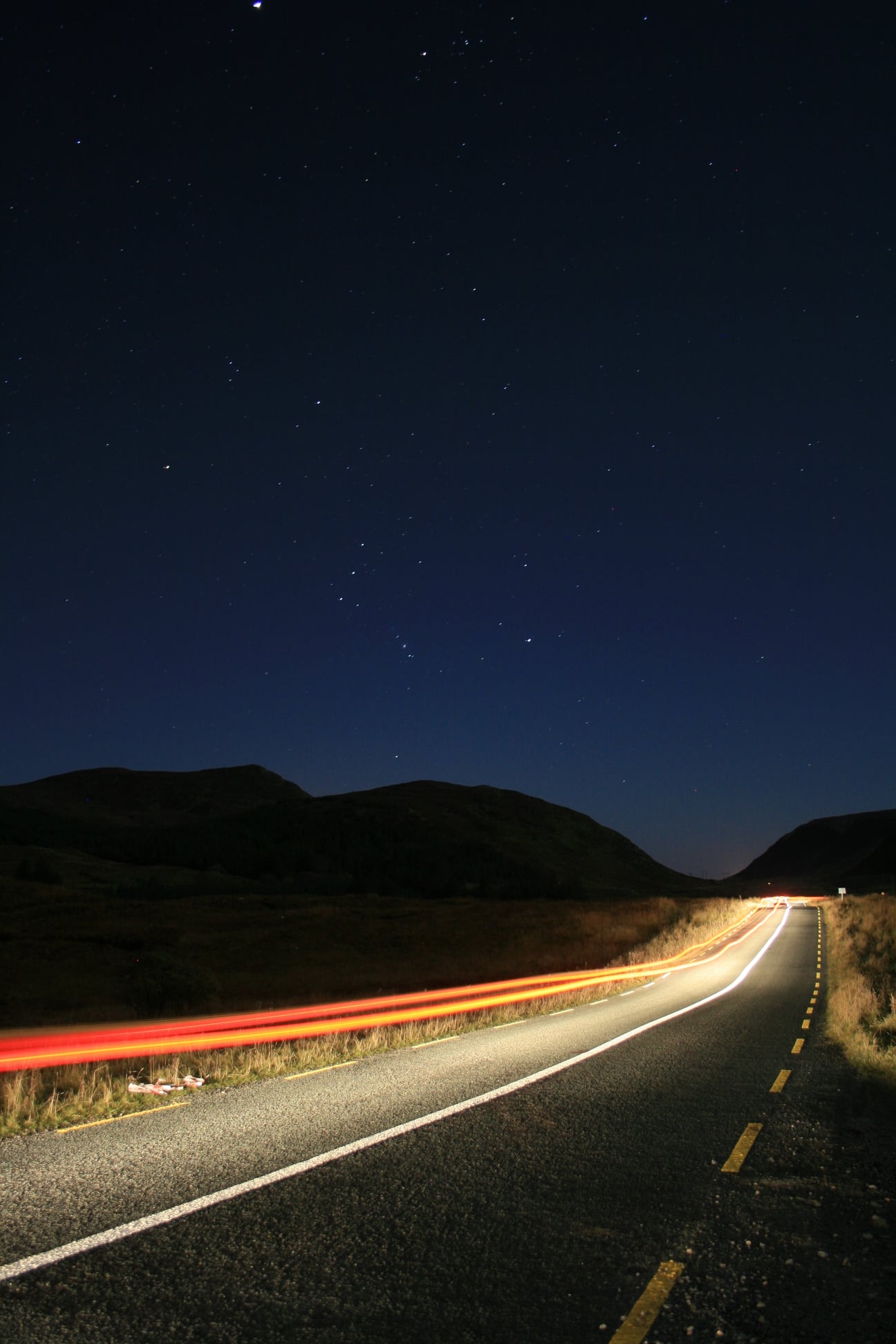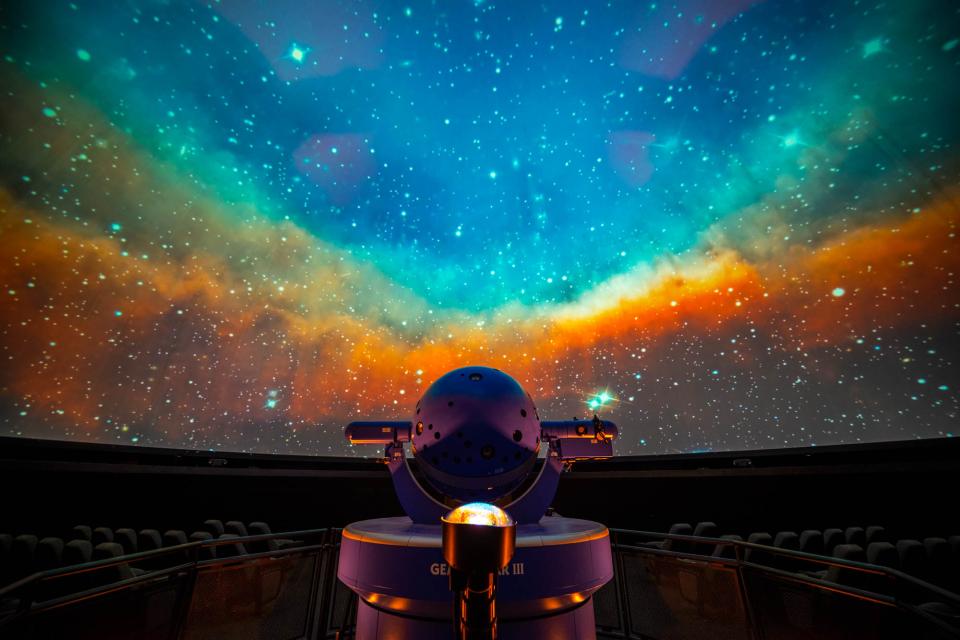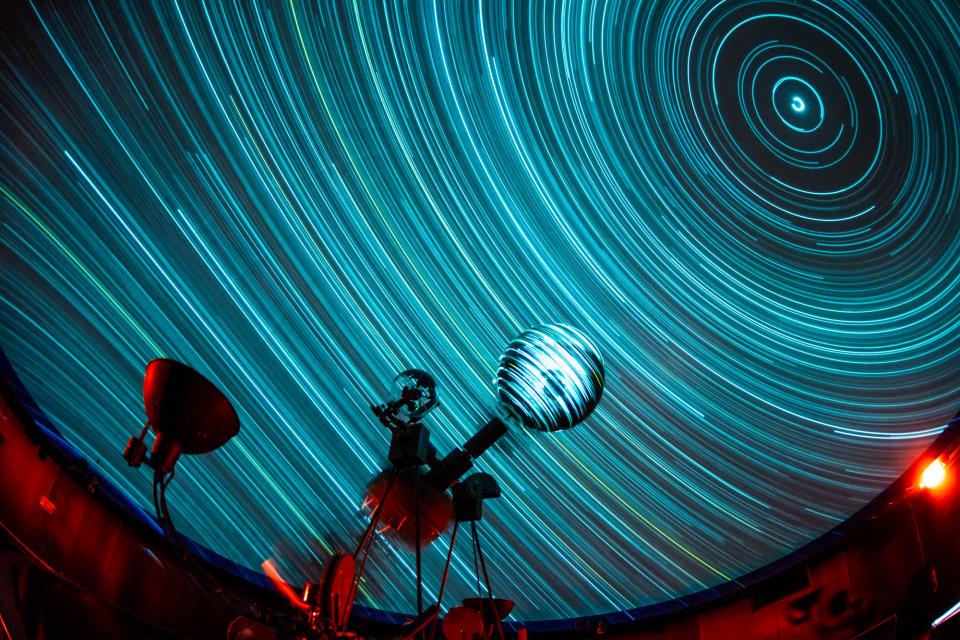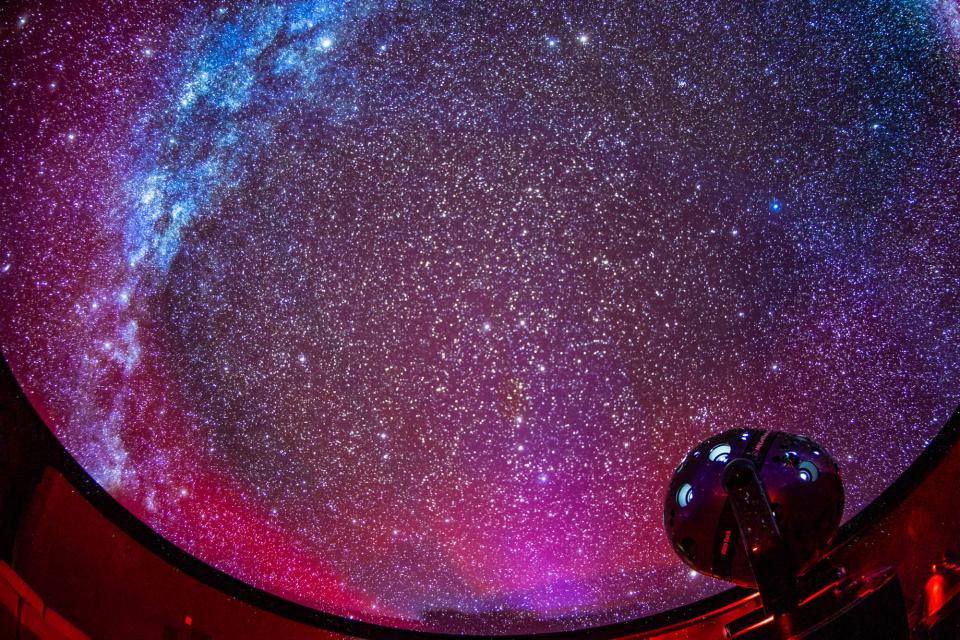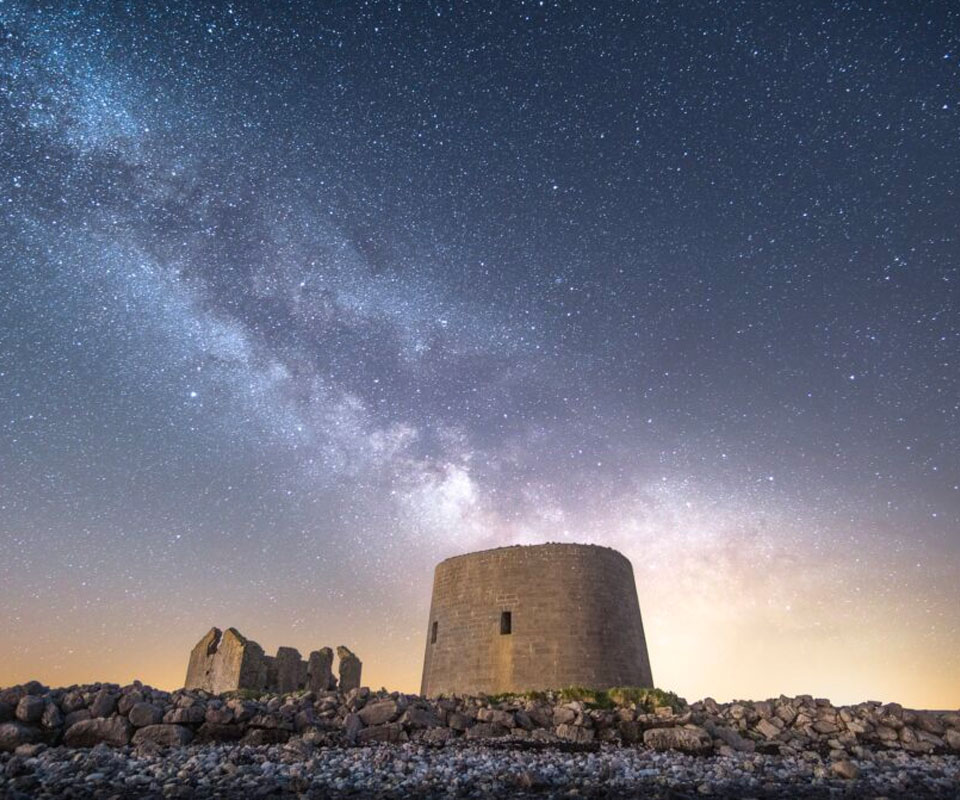Mercury becomes visible during Irish Astronomy Week although quickly descends into twilight the following month and becomes harder to spot. Can you spot a bright Mercury shining at -1.9, which is brighter than Sirius, at 7.10pm just 3° above your western horizon on March 11th with a very slim crescent Moon to its upper left just as dusk fades to darkness. As the week progresses Mercury will continue its easterly motion and not setting until 8.15pm by March 16th. The downside of Mercury being so close to the Sun is that it is never visible in a truly dark sky and is only ever visible close to the horizon. Through a telescope its disappointing as it’s so small, but like our Moon, Mercury presents us with phases which is visible. NEVER attempt to hunt for Mercury whilst the sun is still above the horizon or immediately before sunrise. It is too easy to accidentally end up looking directly looking at the Sun which can permanently blind you!
Spring evening crescents are the best! The so-called Luna, half-moon, or sickle of the moon, also waning and waxing moon, is a sign of fertility, related to life and death, and thus a popular symbol in many religions. Sighting the slimmest possible crescent is a monthly pursuit for many a Spring stargazer. The beauty of a slim crescent Moon is a glittering prize, but it’s elusive. On the evening immediately after a New Moon (March 11th) it’s incredibly difficult to see, even with a telescope. Not only is it very slim, but it’s visible in a still-bright sky for just a few minutes after sunset.
Another faint feature of the night sky as well: the zodiacal light. Visible after sunset at this time of year, this cone-shaped glow is generated by sunlight scattering off dust left by comets and asteroids as they make their way through the inner solar system. You’ll need a very dark moonless sky with no interfering lights. The zodiacal light is aligned with the ecliptic, Earth’s orbital plane, and passes through Pisces, Aries, and Taurus. Try using peripheral vision to spot the arching cone of light by scanning left to right along the horizon. The zodiacal light is a popular astrophotography target as well; a wide-angle lens on a camera capable of taking 15- to 30-second exposures should be all you need to get an amazing shot.
Take a night to drive to a dark sky site during the first few days of Astronomy Week to find some of the most popular and easy-to-spot messier objects including the Orion Nebula (M42), the Pleiades (M45), the Beehive Cluster (M44), the Great Globular Cluster in Hercules (M13), and the Andromeda Galaxy (M31). The glorious Andromeda galaxy. It’s the great spiral galaxy next door to the Milky Way, it has an apparent magnitude of about +4 and the most distant object you can see with your naked eye alone. We advise people to find the galaxy by star-hopping from the constellation Cassiopeia and to make it easier we recommend that you use the “Stellarium” app on mobile. See https://play.google.com/store/apps/details?id=com.noctuasoftware.stellarium_free&hl=en_GB
Spotting the ISS in the night sky
The station completes one full orbit around the Earth in 90 minutes (16 times in 24 hours), which means you could potentially see the station several times within a few hours period, provided you are on the night side of the planet and know where to look. The International Space Station orbits with an inclination of 51.6 degrees. This means that, as it orbits, the farthest north and south of the Equator it will ever go is 51.6 degrees latitude. If you live the south of Ireland that’s overhead. We understand that the next series of evening passes occur in early March 2024, log onto www.heavens-above.com or download their app
Spotting Starlinks
If you spotted strange line lights in the evening sky? you’re not alone. And no, it wasn’t aliens! The lights, which appear in a straight line, are new Starlink satellites launching in batches of 23 by SpaceX to provide worldwide internet connection. For more information go to
https://starwalk.space/en/news/spacex-starlink-satellites-night-sky-visibility-guide#starlink-7-12-january-29-2024

